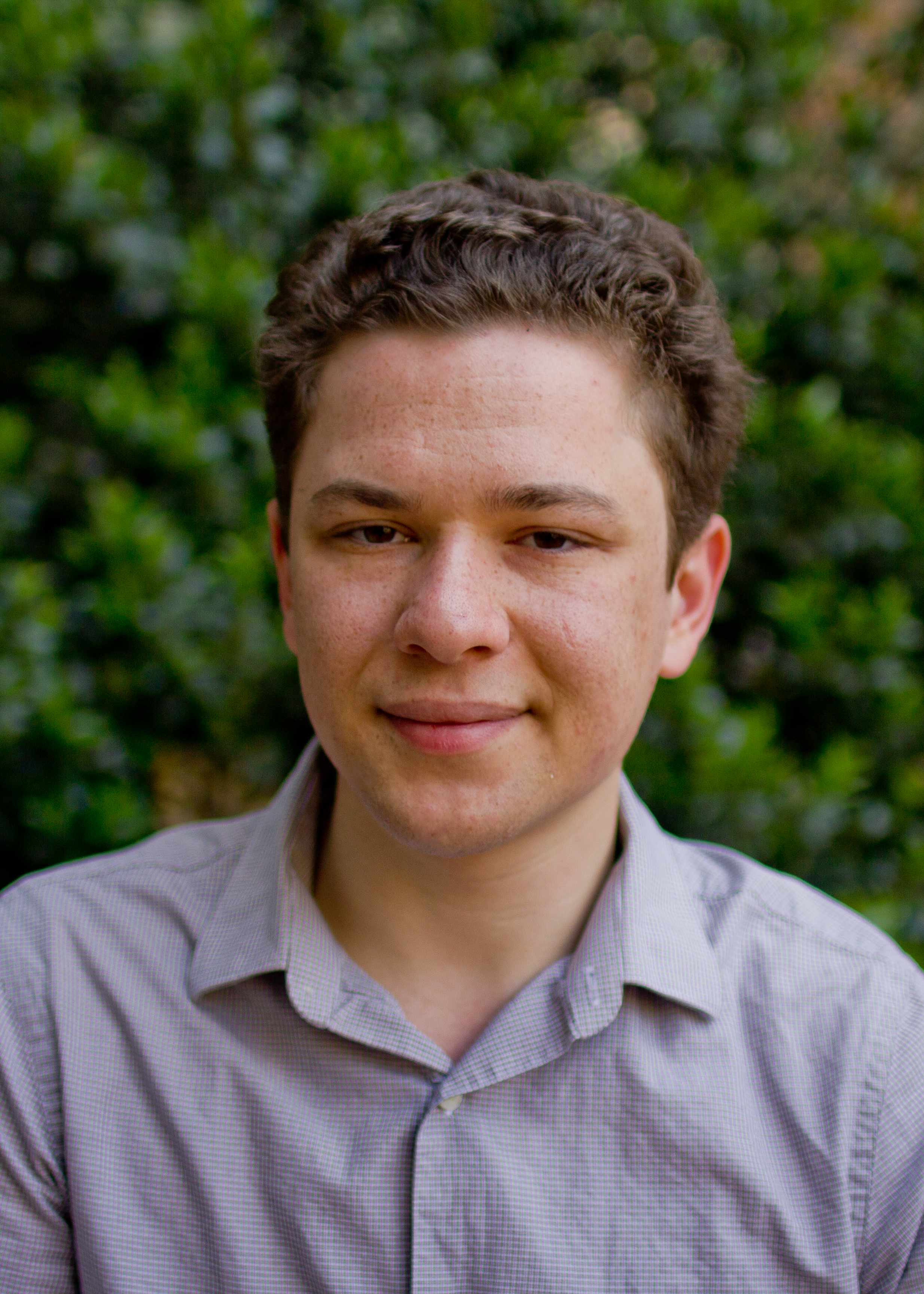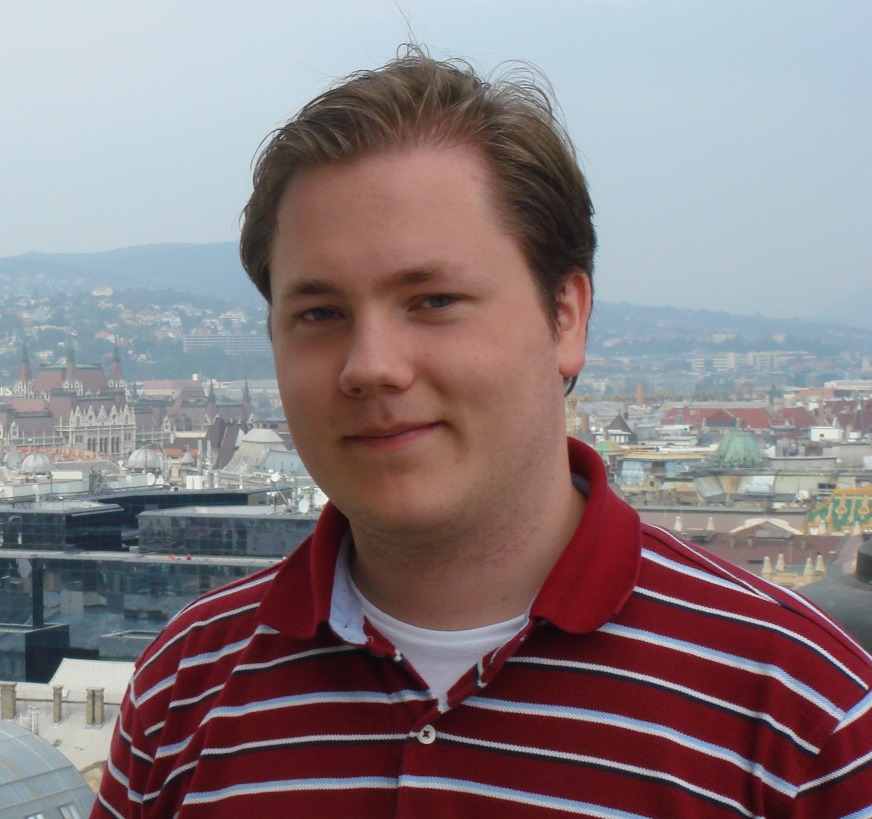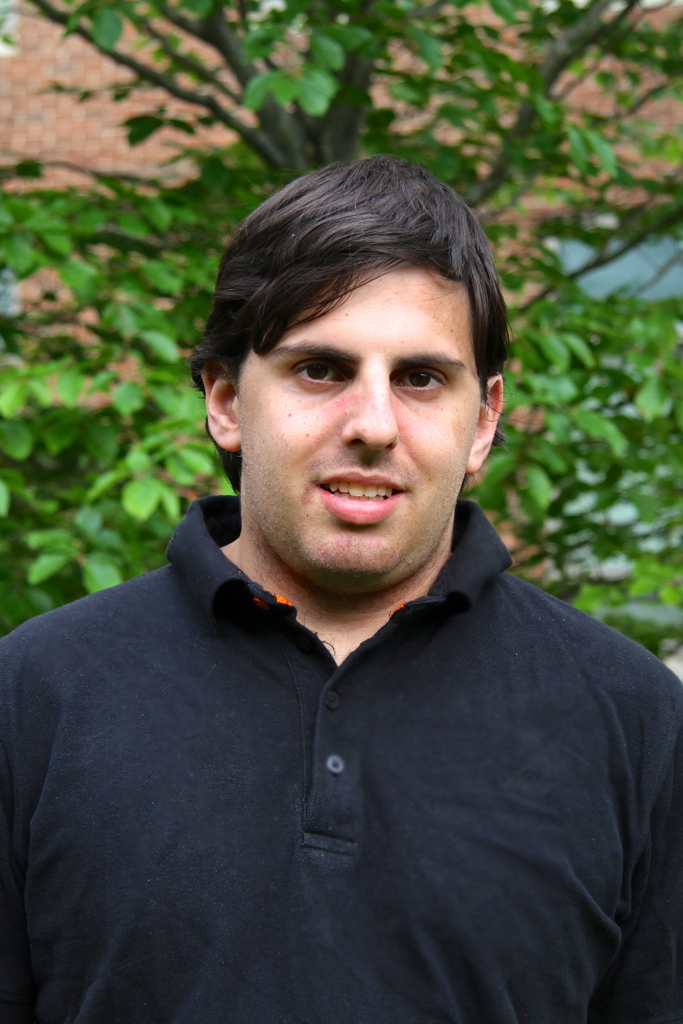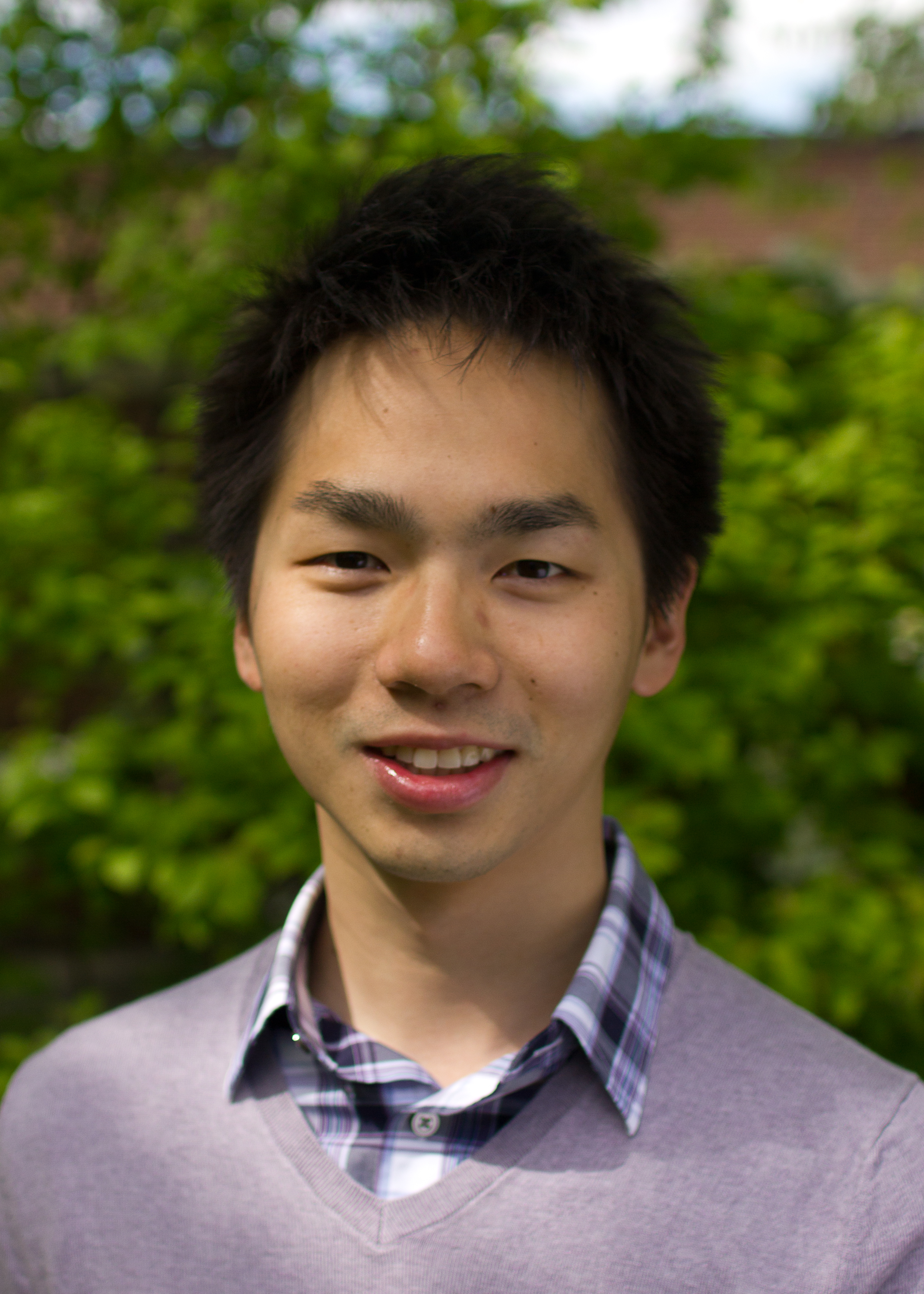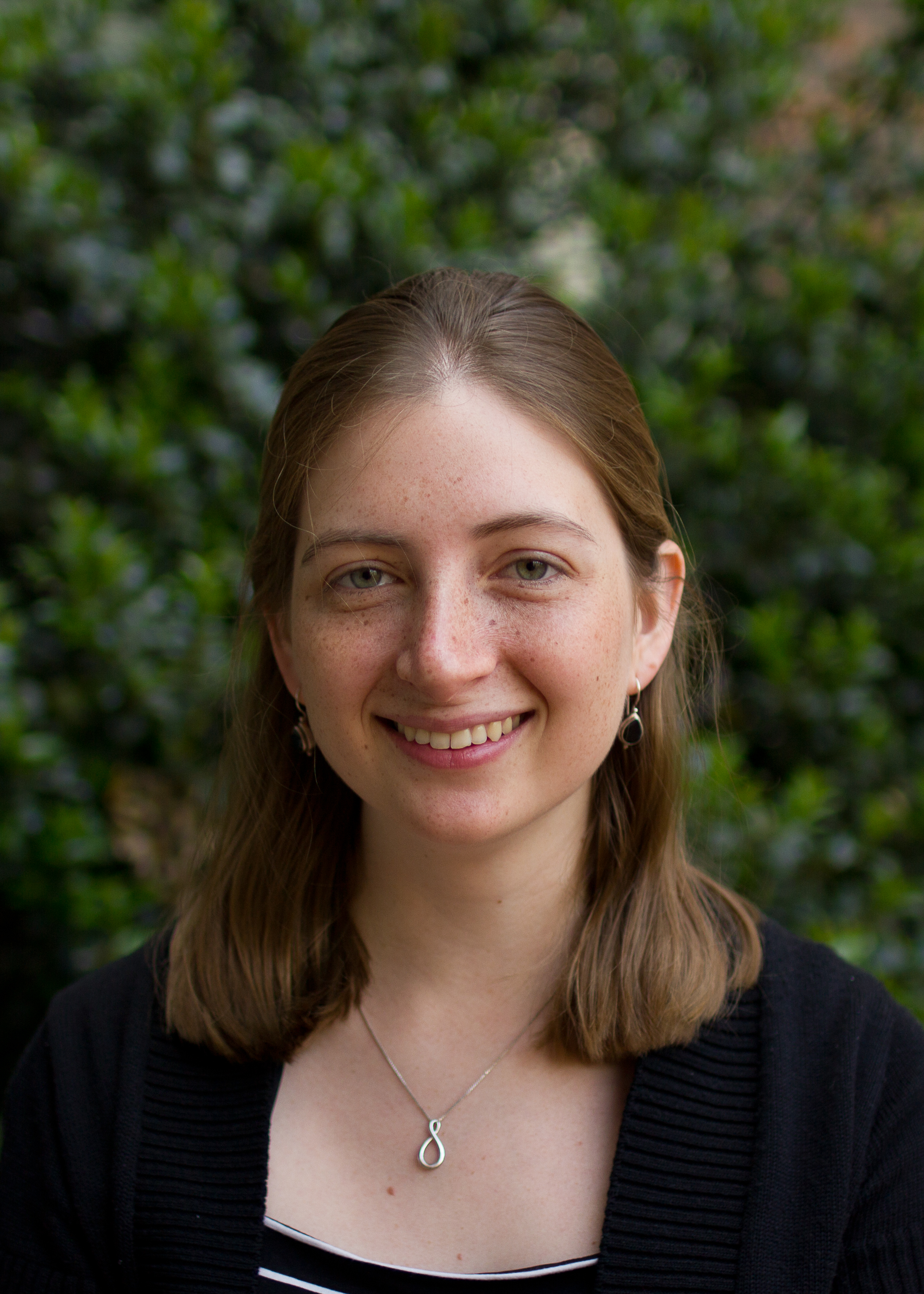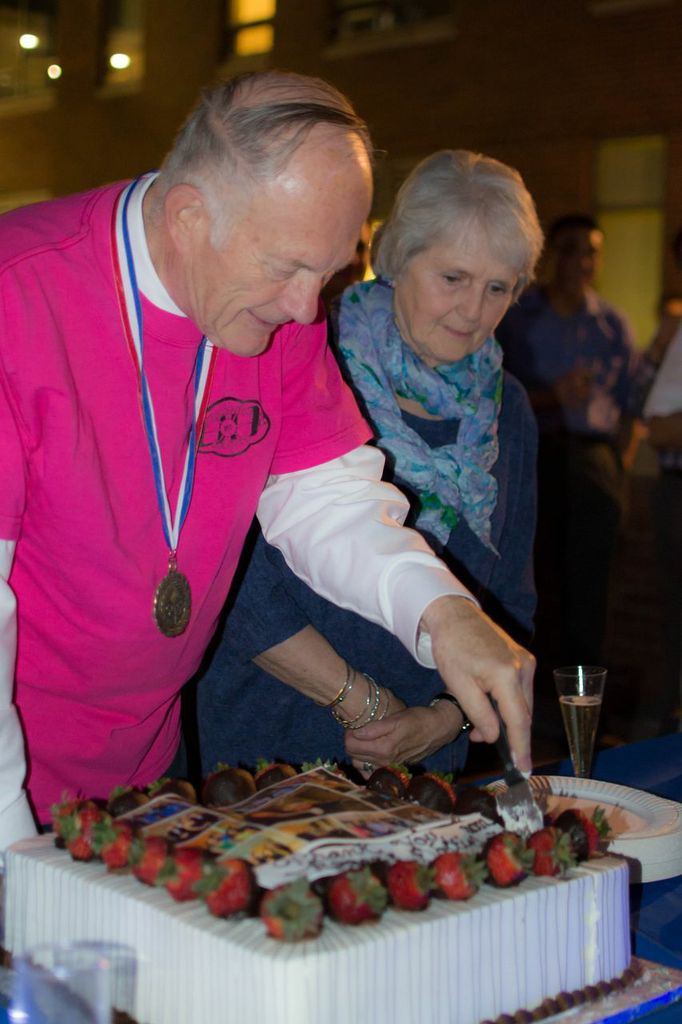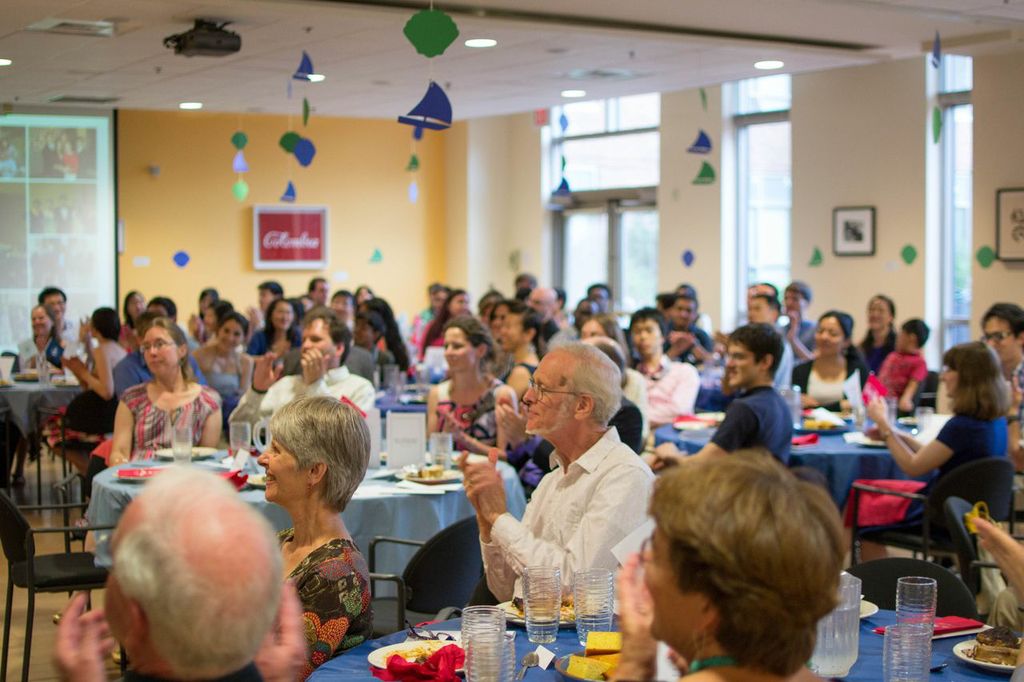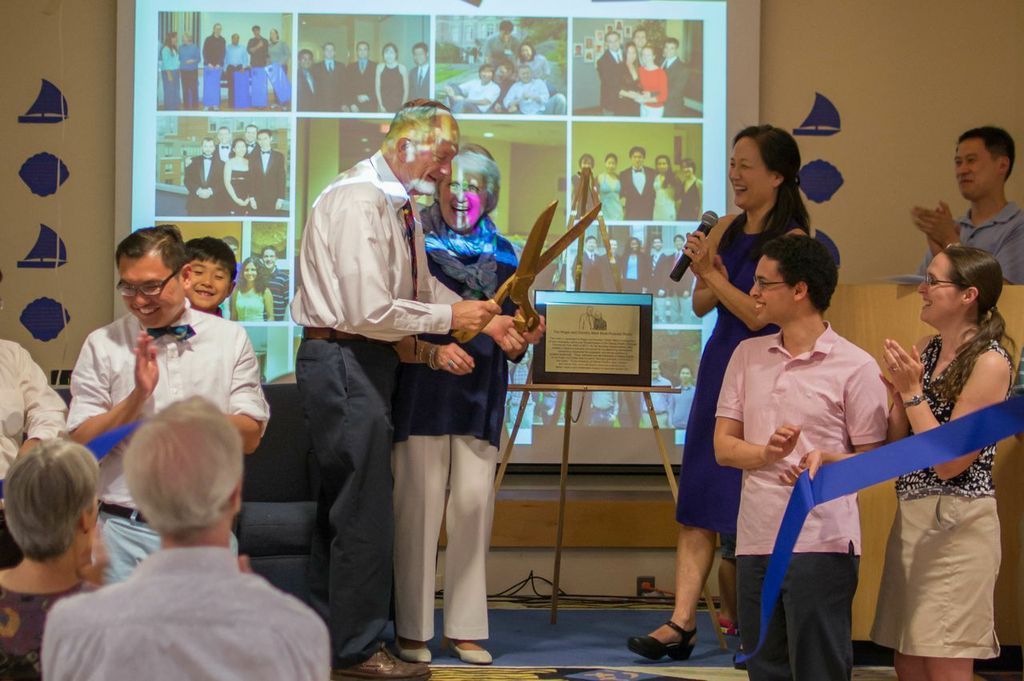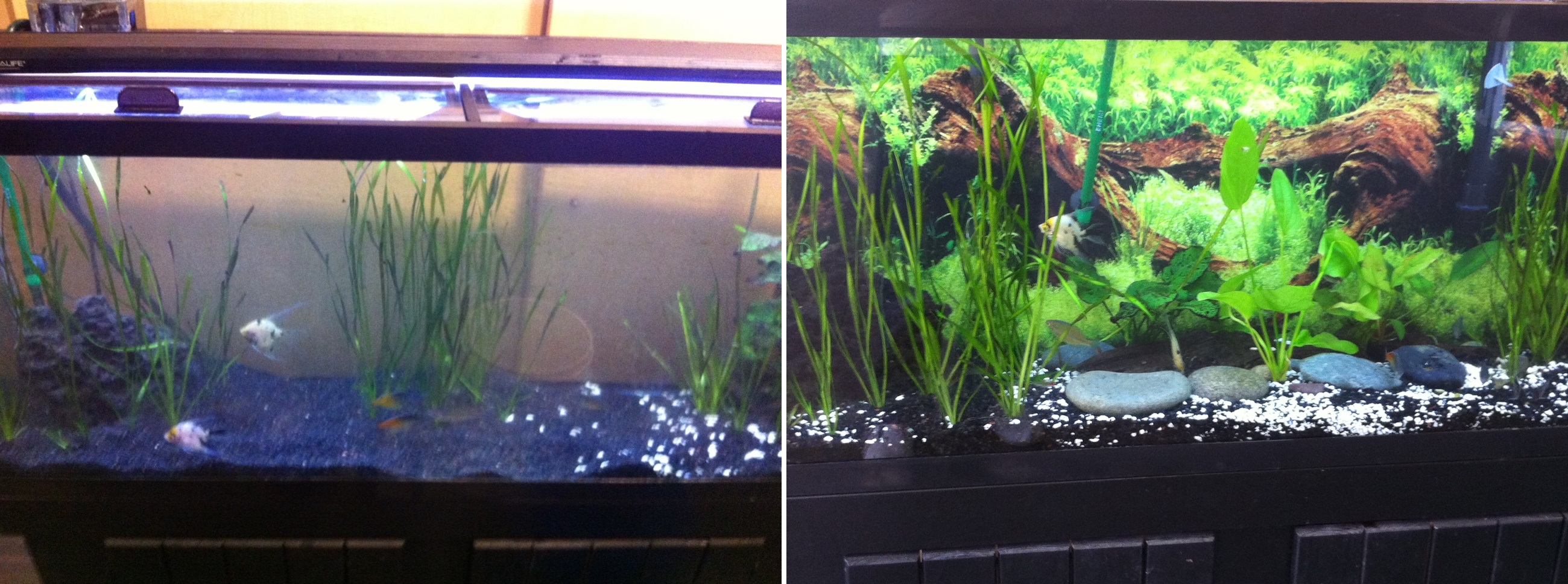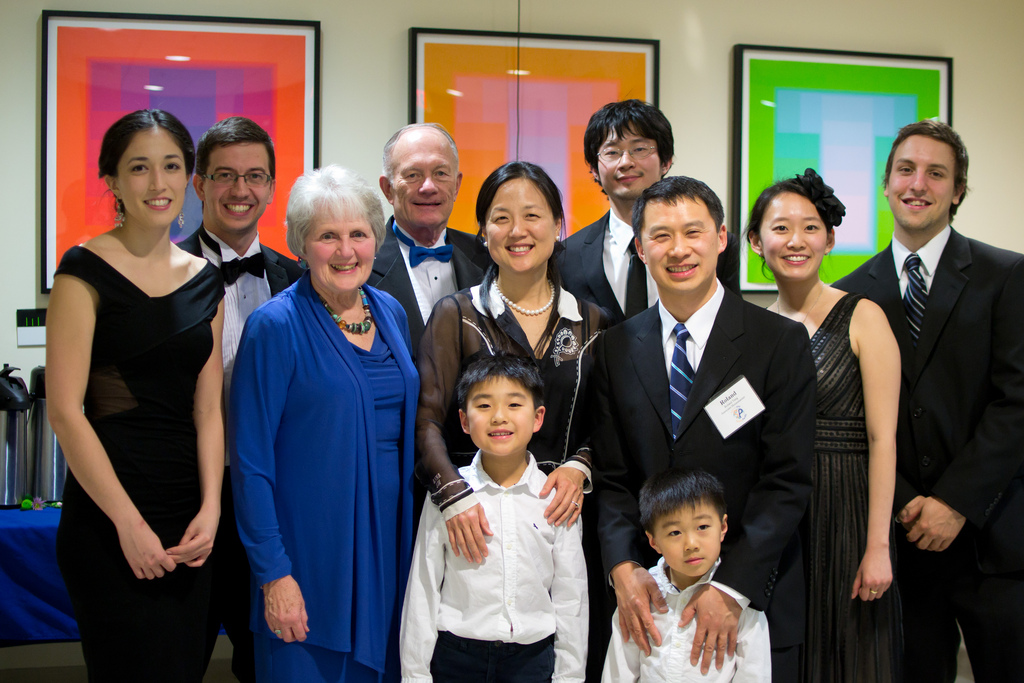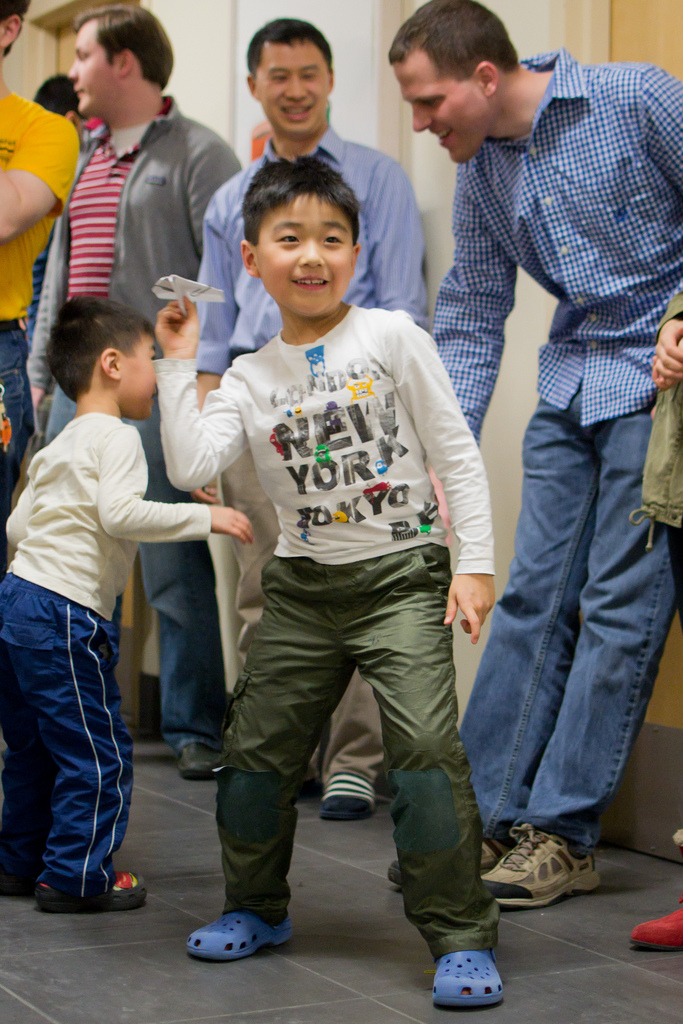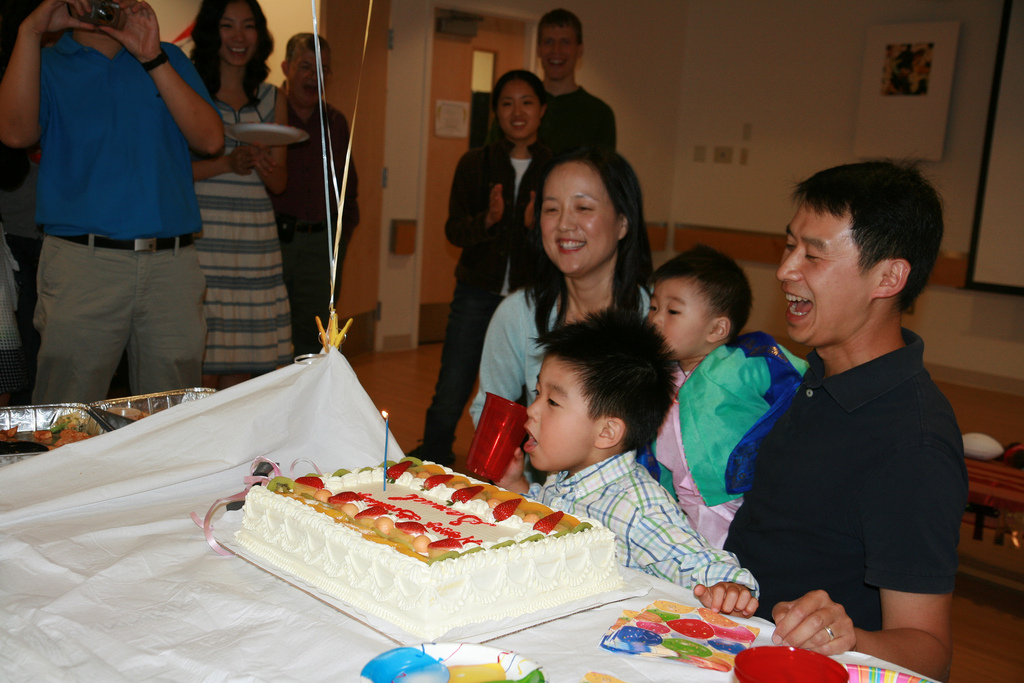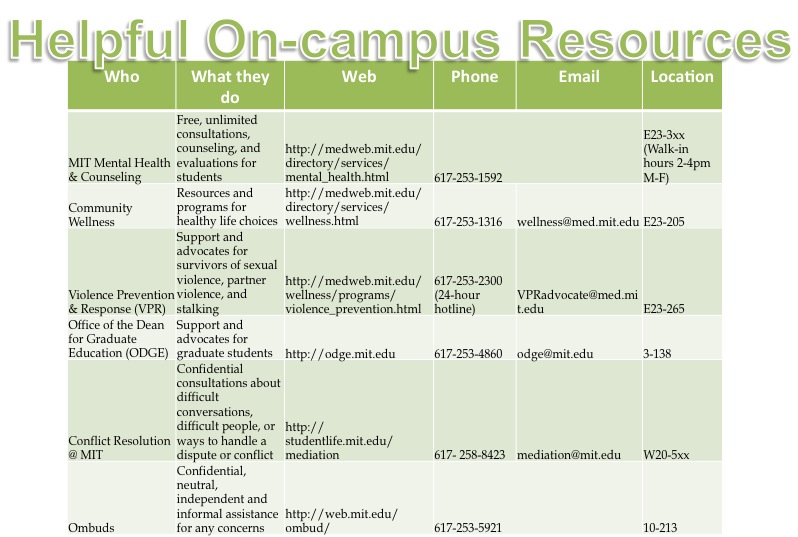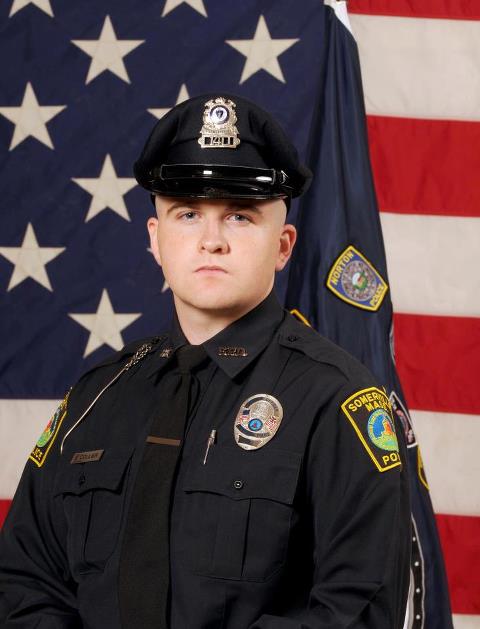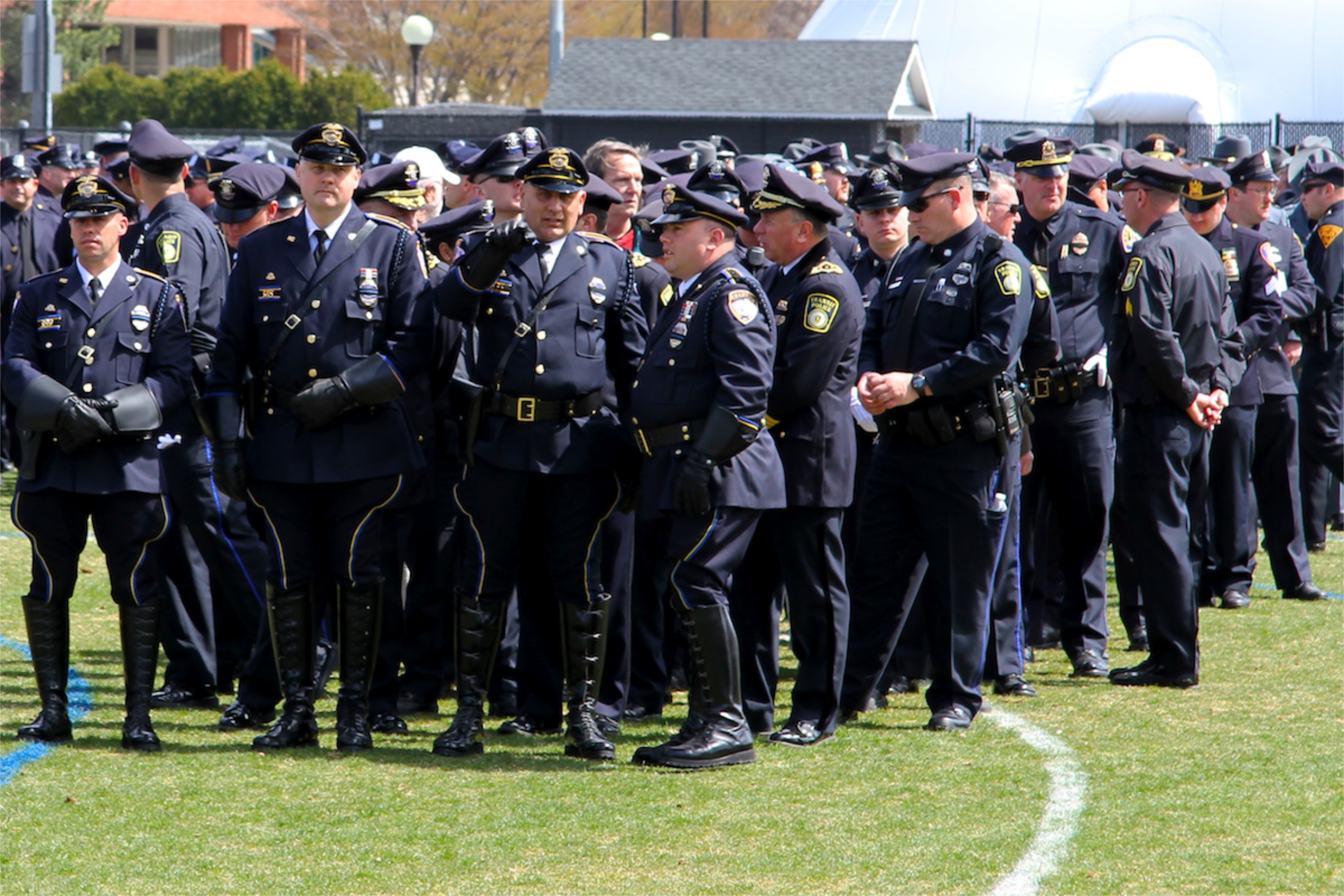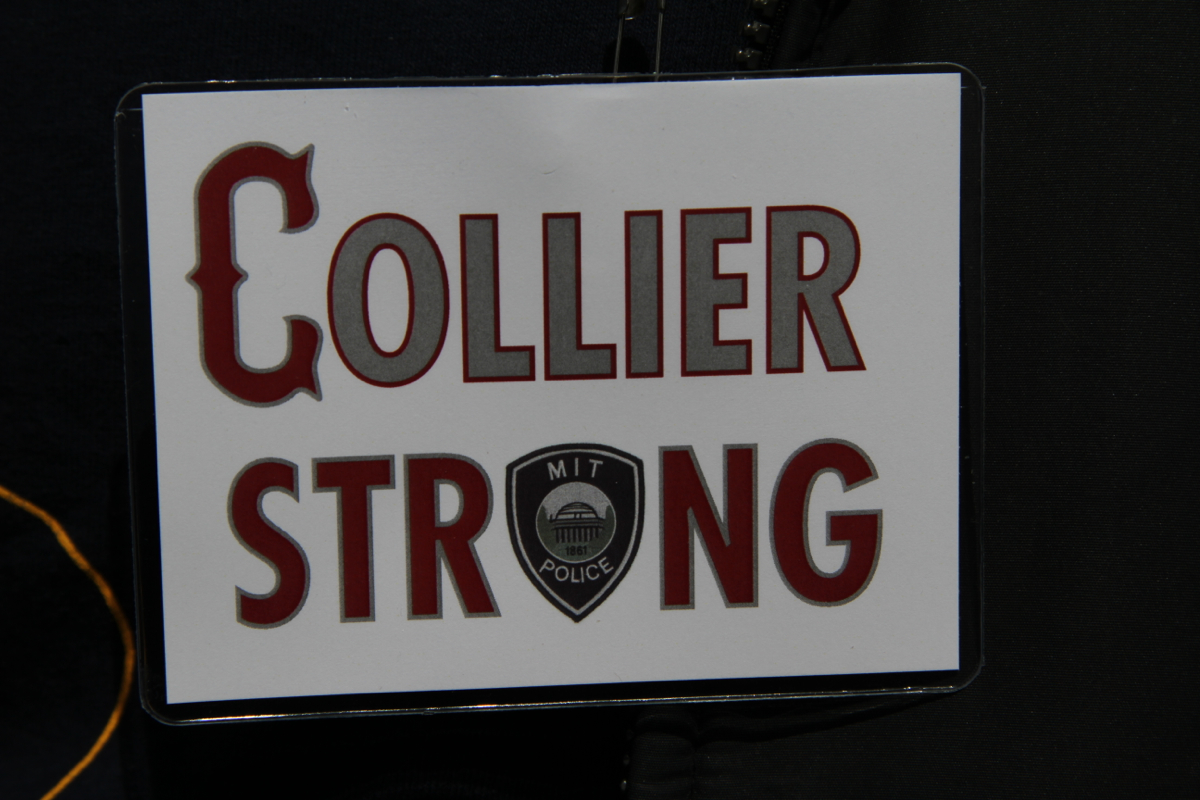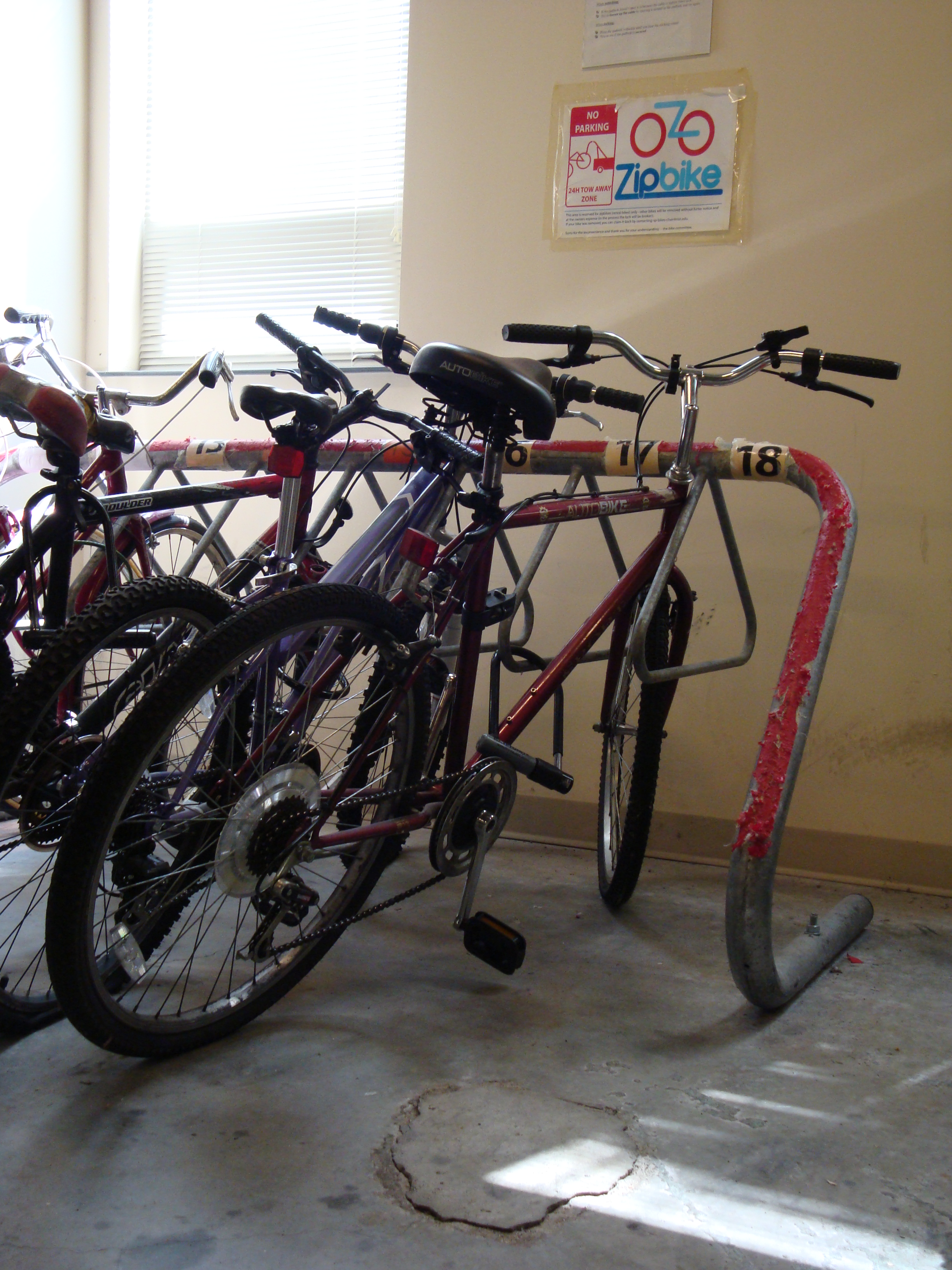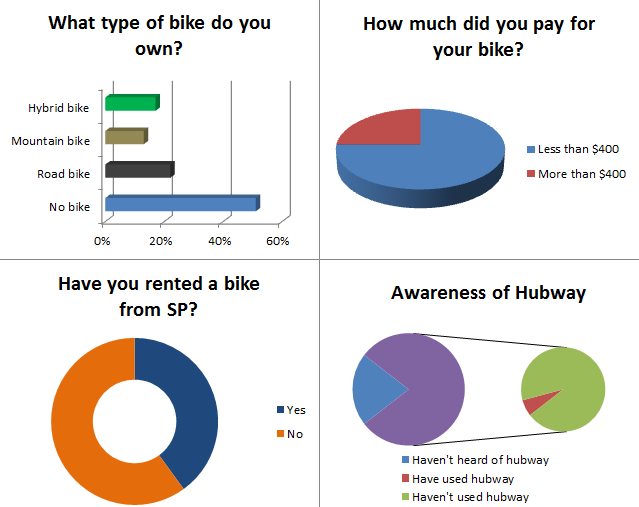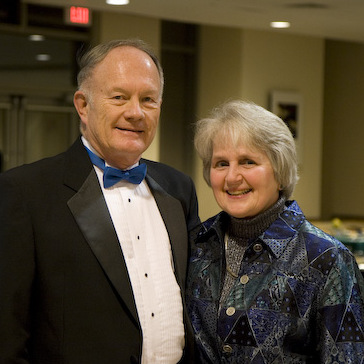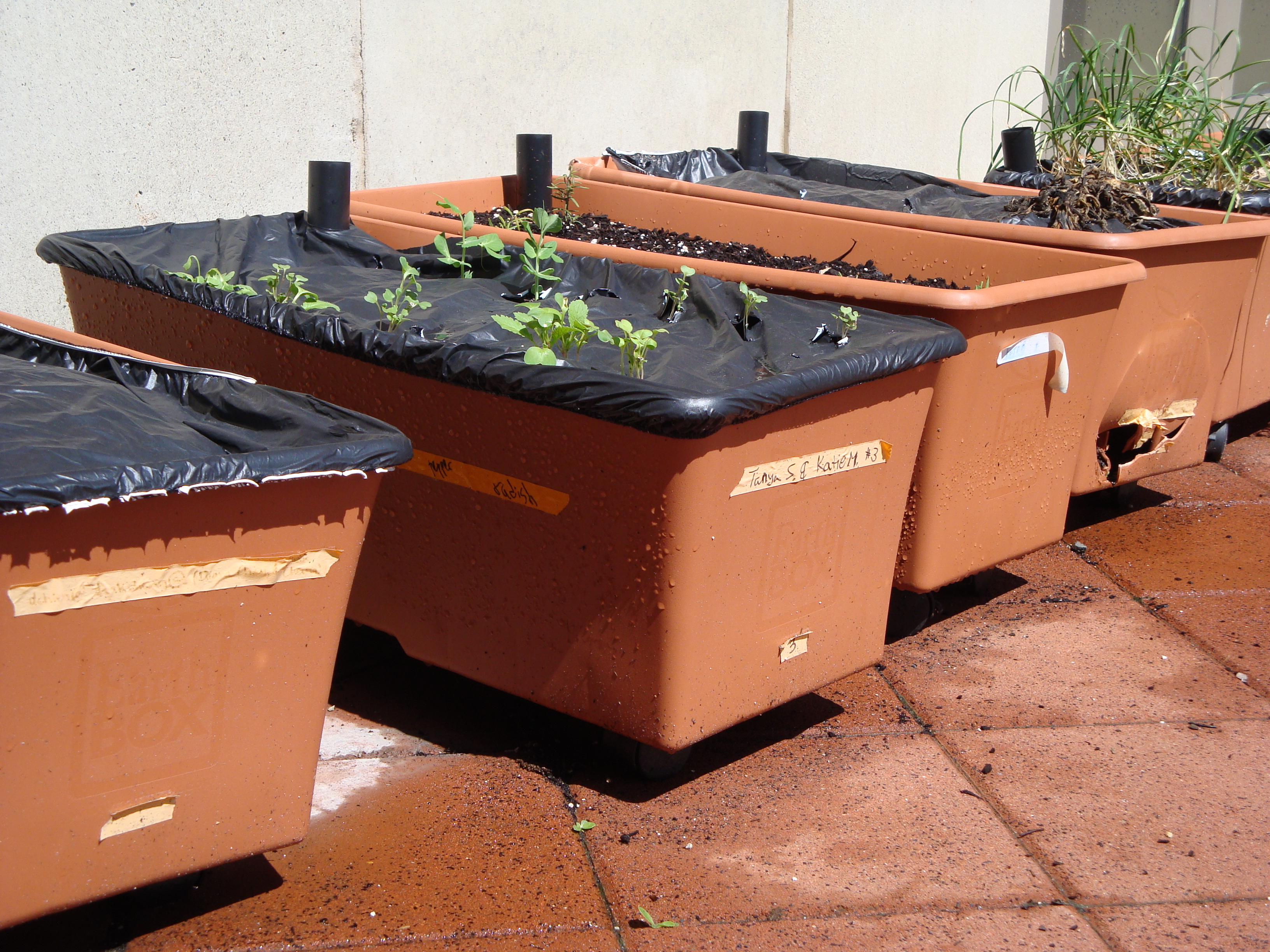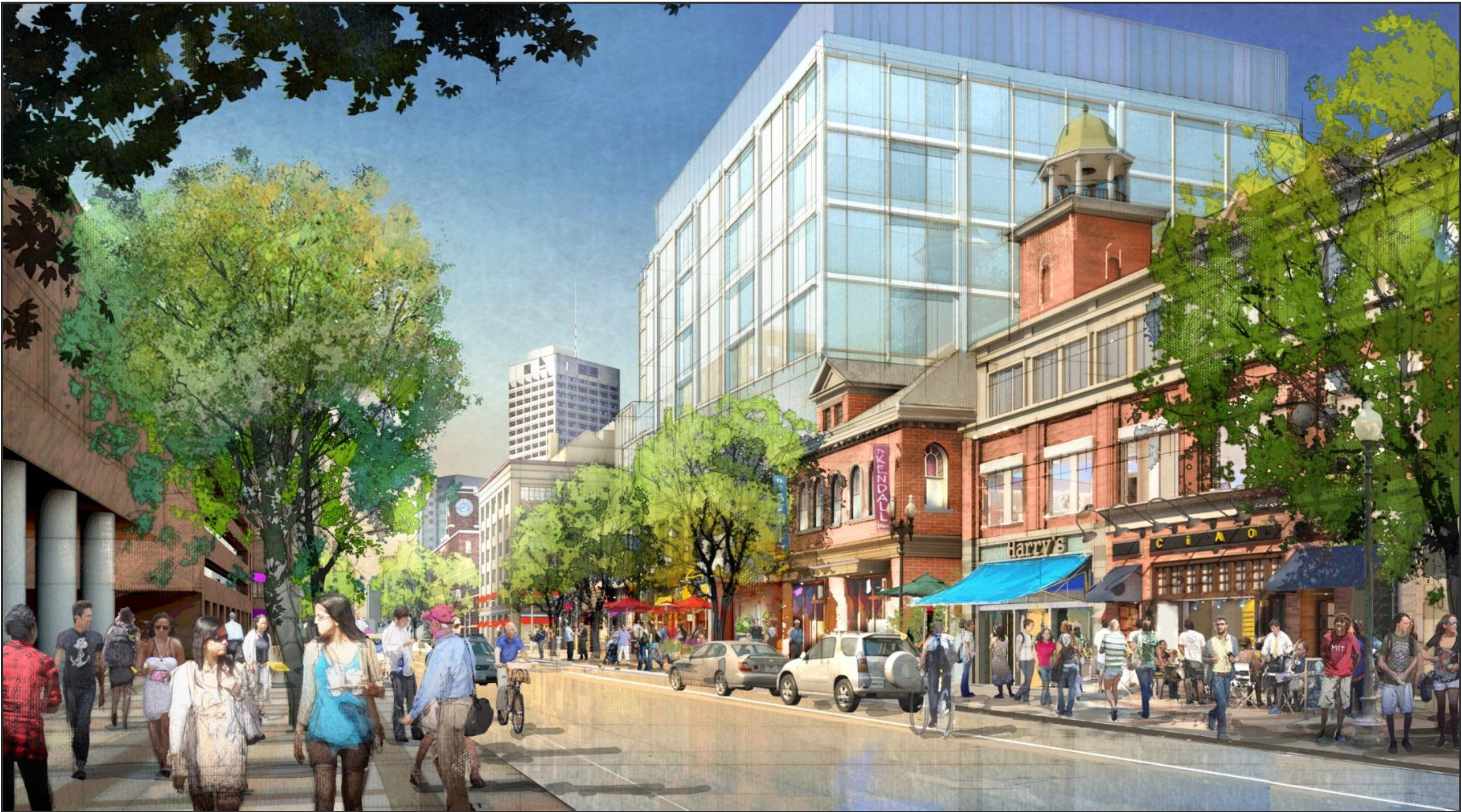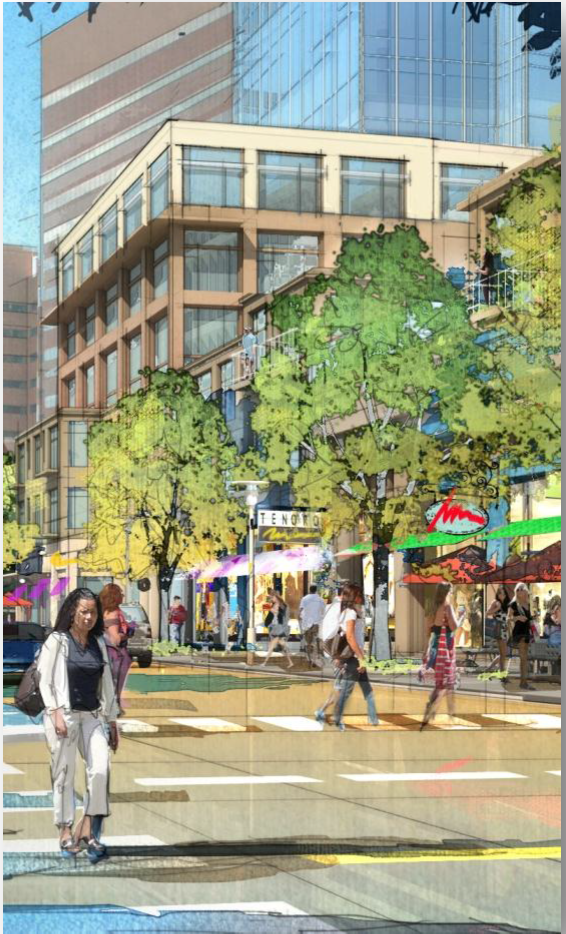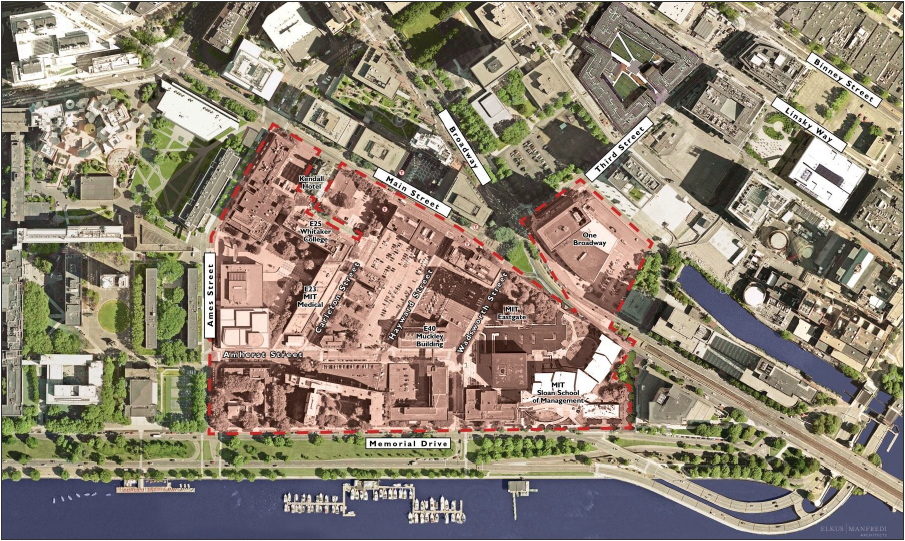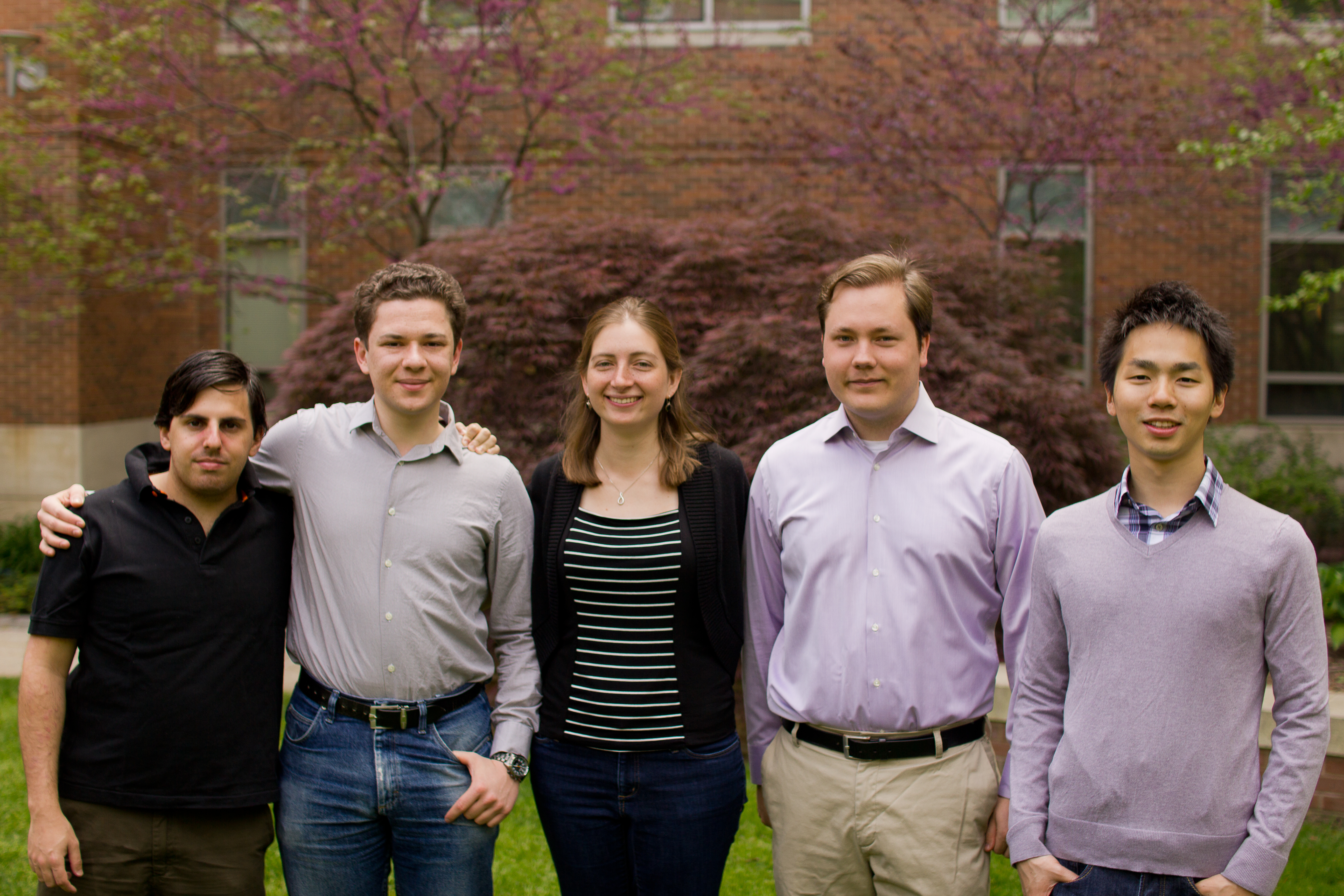
SPEC 2013. From left to right: Fabián Kozynski, Boris Braverman, Rachael Harding, Bernhard Zimmermann and Steven (Shiou-chi) Chang. Courtesy of SP Photofile.
President: Boris Braverman
Hello!
I remember that during my hectic first week at SP, an SP-helpers email inviting me to come out and help with the Orientation Brunch caught my eye. I will never know why exactly I decided to go down to help, but I remember it being a really fun time in the company of Pierre, our master bacon chef. What really sealed the deal was the orientation BBQ a few days later. Flipping hundreds of burgers with dozens of other enthusiastic volunteers showed me how vibrant the SP community was. Whatever notions I had of MIT students being unable to have fun and relax were dashed in an instant. A year of volunteering at Brunches and Coffee Hours only made this conviction stronger, and helped me meet many of SP’s interesting and diverse residents.
When the next year rolled around, the question was not whether I wanted to become more involved with the community, but how. Rising up the kitchen ranks to Brunch Chair was a natural (and delicious) choice. As it turns out, being Canadian at the same time as being a Brunch Chair is a serious risk factor for becoming the President of SP (despite the title of “President” being entirely absent from the real government of Canada). It is an honor to serve as SP’s president for this year, and I hope to make your lives more enjoyable, productive, and interesting. If you ever have a suggestion, question, or concern, feel free to get in touch with any of us at SPEC.
“Dive In” is SPEC’s vision for the year. We believe that the strength of our community lies in the enthusiasm and commitment of our leaders, and in the active participation of many of our residents in our activities and initiatives. We want to encourage every resident of the building to dive into our community and to experience all the amazing things that SP life has to offer, from enlightening COSI lectures and discussions, to fun House Cup competitions, and to delicious brunches and dessert nights. SP is much more than a place to live – it’s a community of some of the most interesting people in the world, and I would like to invite all of you to “Dive In” SP and make it your home!
Vice President of Resources: Bernhard Zimmermann
I am a third (fourth in the fall) year PhD student in EECS, focusing on medical imaging. I grew up and did my undergrad in Zürich, Switzerland. Back at home we didn’t really have a residential campus, so I’m catching up now here at MIT. It’s been a blast.
Right after coming to SP I started volunteering at some of the larger events, and also joined a SPICE group, where I made my first friends here. For the next two years I was Hall Councilor on the 7th floor. This gave me the opportunity to connect with my fellow neighbors, get to know many awesome people, and generally be more involved in the house government. Normally officers retire after two years of service, or become Trustees, but I decided that I’d like to crown my experience here with a year in SPEC. As VP of Resources, I’m responsible for helping and managing ten officers, who in turn take care of the artwork, aquarium, audio & video equipment, bikes, computer room, front desk inventory, music room, and plants in the dorm. Another big task I tackle together with the Controller is to manage SP’s budget and to make sure all officers get reimbursed for their expenses.
I hope you take advantage of SP’s many resources to the fullest extent, and at the same time meet many of your fellow residents. We always appreciate feedback, so if you see something that doesn’t work, or if you have a positive experience, let us know!
Vice President of Residential Life: Fabián Kozynski
I was born and raised in Montevideo, Uruguay, which is a small country between Argentina and Brazil that exports beef and soccer players. I did my undergrad there, majoring in Electrical Engineering (actually, Telecommunications Engineering) and came here right after graduation. I had lived all my life in the same place and coming here was a great change, as well as a great opportunity.
When I came to SP almost two years ago (time flies), I wasn’t expecting to find a home away from home. My original idea was to live here for a year and then move off campus to a “cheaper” place. After some time living here and having met the friendly people that lived in SP, my plans began to disintegrate when I realized what I’d be missing if I left; I realized that SP is as nice as its residents make it and there’s a lot of value aggregated by the community that cannot be quantified. In my opinion, one of the best phrases that describe the community as well as involvement at SP is “come for the food, stay for the friends”: my first time volunteering was at a BBQ (to be able to skip the line and combat the boredom) but after a couple times hacking through pineapples together with other volunteers, I found a great group of friends.
After volunteering for a year, I decided to become Coffee Hour chair, even though I never drink coffee. I saw it was a great place to entice tired grad students out of their rooms into procuring some free food while engaging in conversation with their neighbors (the main goal). After a year of mindlessly cutting oranges and debating with Dan what is the best way to transform overworked residents into happy ones, I decided to take one step further and become part of the Executive Council.
As VP of Residential life, it is my job to make sure that residents have a fun and interesting life during their time at MIT, be it through outings, the gym, or just simply by cooking and eating together. To help do this (they actually do most of the work), I have a cadre of amazing officers whose job is to engage the residents into going out of their rooms and enjoy the numerous activities that SP has to offer. Sidney Pacific has been in constant evolution for the last eleven years and that is thanks to the numerous officers and volunteers that have lived here (and some that haven’t) and have contributed to make this place a home.
Vice President of Information: Steven (Shiou-chi) Chang
Hi neighbors! My name is Steven and I am a 3rd year (going to 4th) PhD student in Biological Engineering. I have been living in SP since I came to MIT and it has been a wonderful experience. Not only does SP provide so many resources to the residents, but there are also so many enthusiastic volunteers helping out at events to make what seems impossible become possible. I started as the newsletter chair in my second year and continued as the publicity chair in my third year. Even though these positions involved work that was behind the scenes, I did not feel that my effort went unnoticed. Throughout the past two years, I would receive generous encouragement from the Housemasters and even from the residents that I did not know, saying they really enjoyed the newsletters or the posters that I made. It made me realize that every one of us can contribute to our community uniquely and no matter how small the contribution may be, people will recognize it. This motivated me to step up to become the VP of Information this year.
The Office of Information is the communication bridge between the residents and the SP house government. Even though our mission is simple, our operations are crucial to the success of the SP community. Without the website, we wouldn’t be able to browse through the SP inventory conveniently; without the posters made by the publicity chairs, we wouldn’t know the various events at SP and without the photos, videos and newsletter articles, we wouldn’t be able to record our history. This year, there will be several improvements on the SP website and the newsletter content so keep an eye on these changes. We would also love to hear your feedback and suggestion on what can be done better. If you have a great idea, please let us know and we will make it happen!
During the time that I am not doing research and SPEC work, I try to go to SP gym regularly. I also enjoy playing various board games with friends, watching sports and occasionally playing some video games. Outside of SP, I like to explore various places around Boston, for example, I bike on the Minuteman bikeway, I explore the Boston harbor islands, etc. I would also love to meet more people at SP so tell me about yourself when you see me at future SP events or even better, when you are volunteering at the events!
Chair of the Halls: Rachael Harding
Hello Neighbors!
I’m Rachael Harding, an Electrical Engineering and Computer Science PhD student entering my third year at MIT and Sidney-Pacific. When I’m not running around SP, I’m usually running simulations of next-generation multicore computers or running around the Charles river.
I never fully appreciated what SP had to offer until someone persuaded me to run for hall councilor in a special late election last year. I had borrowed DVDs and drying racks from the inventory, used equipment in the gym, and attended a handful of BBQs and coffee hours, even volunteering at a few. When I became more involved in life at SP, I realized that what SP truly has to offer is a community. As a hall councilor, I organized a lot of events for my neighbors. (My favorite: dessert nights!) I also started volunteering at more SP events, where I made new friends with the other volunteers. The welcoming individuals on my hall and at events made SP a supportive environment for me.
As Chair of the Halls, I’ll be leading this year’s awesome hall councilor team. The hall councilors are fun, friendly volunteers who try to foster community within each hall and act as the hall’s liaison to the SP government. If there is one person you should get to know at SP, it’s your hall councilor. Not only do they know a lot of useful information about SP, MIT, and the surrounding area, but they’re always trying to offer you free food!
I encourage you to dive in to what SP has to offer: SPICE, coffee hour, hall dinners, house cup, interest groups… The list goes on and on, but one of the best parts of SP is that there’s something for everyone. I would also like to invite you to volunteer at one or more of these events. It’s fun, rewarding, and you’ll meet some of the most fantastic people at MIT!

